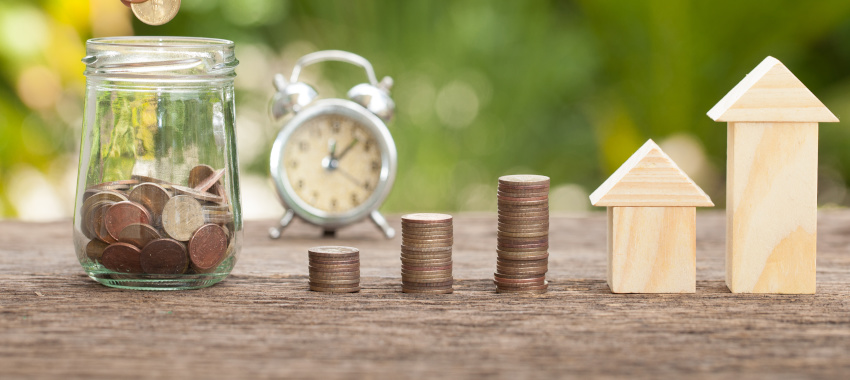
The time it takes to save for a house deposit has dropped by six months as a result of a rapid increase in housing affordability, according to new data.
The Australian housing market featured diverse changes in the affordability of both housing deposits and repayments in certain cities in the third quarter of 2020, as the market adjusted to the impacts of the COVID pandemic, new research by a Queensland-based think tank has suggested.
Figures published by the Australian Institute for Progress revealed that there was a drop in the total number of weeks it takes to raise a deposit, with the national average now sitting at 764.9 weeks, having decreased by 8.9 weeks over the September quarter.
In Sydney, a $21,000 drop in house prices saw the time required to raise a deposit shrink by 23 weeks. Similarly, in Melbourne this number was brought down by 22 weeks following a price decrease of $20,000.
Deposits also dropped in Hobart, where the median house price shrunk by $9,700, but rose in Brisbane, Adelaide, Darwin, Canberra and Perth, where house prices clocked increases.
On the back of the AIP’s research, executive director Graham Young said: “The least affordable city is Hobart, followed by Canberra, Melbourne and Adelaide. Most affordable is Perth, followed by Brisbane and then Sydney.”
While affordability has been increasing, it may be short-lived – with house prices quickly starting to escalate as a result of increasing demand and high mortgage activity.
Indeed, on Friday, RBA governor Philip Lowe was questioned over the creation of a raging bull market against the backdrop of low-interest rates.
“The RBA does not, and should not, target housing prices. Instead, our focus is on the lending that is used to purchase housing,” Mr Lowe said in front of Parliament’s standing committee on economics.
Questioned about the point at which the RBA will act to prevent the creation of “unsustainable prices”, Mr Lowe reiterated that the issue for the central bank would be if people didn’t borrow sensibly.
“We shouldn’t try and control asset prices,” he said.
According to analysts, the record-low interest rate will send property prices soaring.
Shane Oliver, chief economist at AMP Capital, expects that the RBA’s decision to keep interest rates at 0.1 per cent will leave mortgage rates at record lows, which, along with government home buyer incentives and economic recovery, will continue to push average property prices higher.
“Headline inflation will rise due to base effects as the collapse in petrol prices and childcare costs drops out of annual comparisons, but underlying inflation will remain low at around 1.5 per cent or less out to next year,” Mr Oliver said.
“This in turn will see the RBA leave rates at 0.1 per cent probably out to end 2022 at least.”
Dr Shane Oliver said that at present, the rate of growth in total housing related debt is “modest”.
However, Mr Oliver warned that the RBA would likely become more concerned, given the pace of the rebound in lending commitments and house prices, but acknowledged that it is not concerned at this stage, noting that there is not much evidence of a deterioration in lending standards yet.
[Related: Lending to tighten if mortgage boom ramps up]
 Login
Login









JOIN THE DISCUSSION